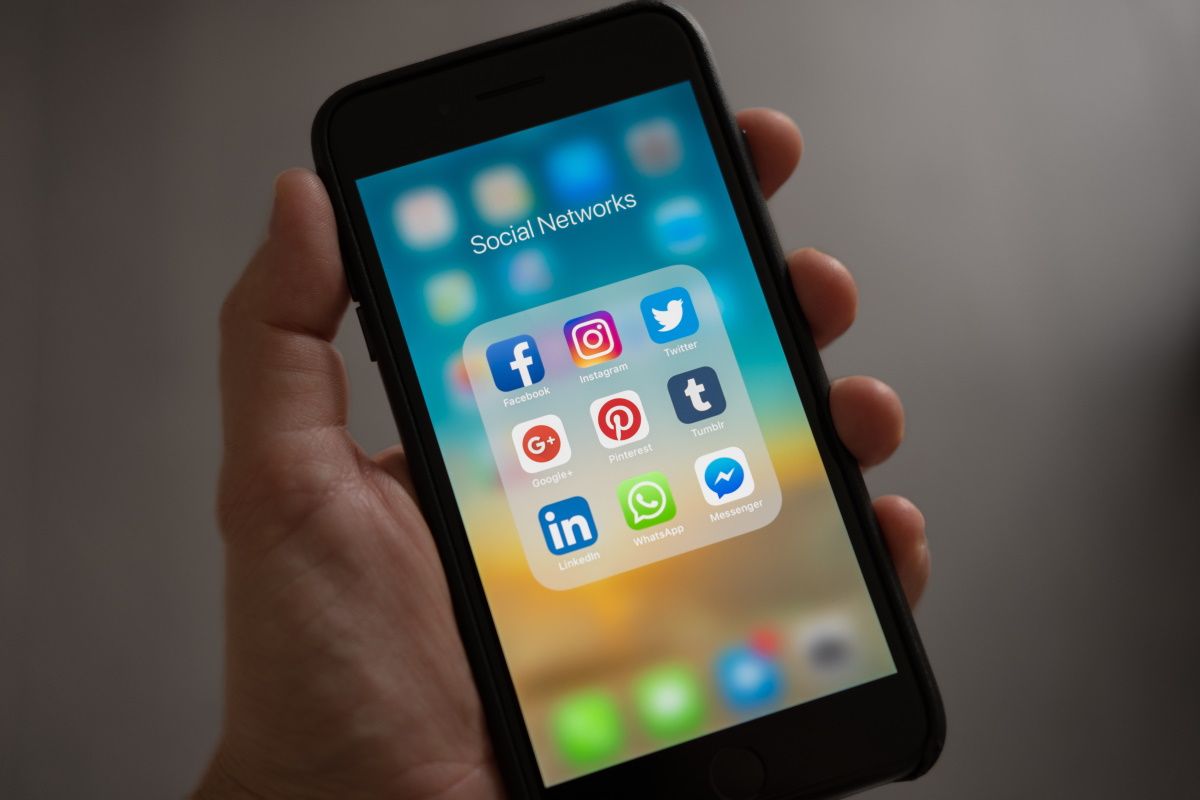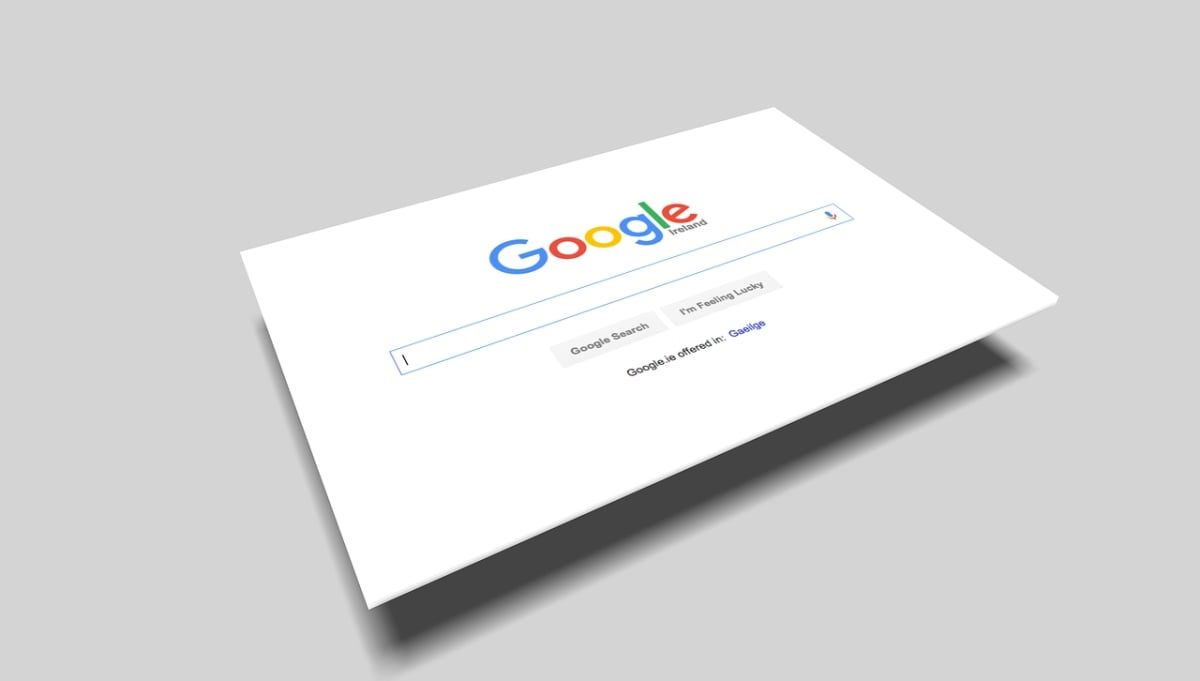As your most accessible device, your smartphone has become deeply rooted in your professional and personal life. On the one hand, it’s a powerful machine that helps you take notes and manage tasks. On the other hand, you also use it to kill time playing games and browsing social media.
If this conflict has led to more wasted time than productive output, it’s time to build a better relationship with your phone and regain productivity.
1. Use Focus Mode
Your phone notifications are attention-grabbing triggers that can quickly derail your focus. Those endless pings and dings disrupt your workflow and momentum, costing you time and preventing you from getting your concentration back. For this reason, it’s essential to have a way to silence your phone notifications when you need to buckle down.
However, you might not always want to use the Do Not Disturb mode on your phone, as you might miss important calls or other notifications. This is where Focus mode comes in. Focus mode is a built-in feature you can set and use on your iPhone or Android devices to block notifications from specific apps for a set period. This allows you to control which app notifications can come through, so you’re not entirely cut off while being able to eliminate distractions from others.
To turn on Focus mode on your Android device, go to Settings > Digital Wellbeing and parental controls > Focus mode, and customize it according to your needs. For iPhones, go to Settings and tap on Focus to set up custom app schedules.
2. Organize Your Apps in Folders
How often do you pick up your phone to do something specific only to get sidetracked by other apps? You might not realize it yet, but your home screen significantly affects your relationship with your device, as it is the first thing you see when interacting with your phone.
The apps on your phone’s home screen can dictate your usage and often lead you to fall prey to a mindless scrolling habit. So, being intentional about which apps you allow on your home screen can be very helpful in reducing the time you spend on your phone.
One way to do this is by organizing your apps in folders. This allows you to declutter your home screen and puts a barrier to overcome before you can access specific apps. This may not seem like much, but it can be enough to make you think twice about whether you need to open that app, helping you become mindful of your phone usage.
To take this a step further, you can clear all the apps on the first page of your home screen to add an extra barrier. This way, you won’t be greeted by app icons as soon as you unlock your phone, making it less likely to indulge in an aimless scrolling session. Lastly, it goes without saying that you should delete any apps that don’t serve a purpose or that you no longer use.
3. Enable Grayscale and Remove Notification Badges
The flashy, colorful app icons and notification badges are designed to be eye-catching and visually appealing. However, these can also be distracting, luring you into using your phone more often than necessary. If you find the bright colors on your screen too tempting, consider enabling Grayscale mode on your device.
Grayscale mode is a built-in feature on both iPhones and Android devices that changes the colors on your screen from vibrant colors to shades of gray, which makes the screen less appealing to use. To enable this feature on your iPhone, go to Settings > Accessibility > Display & Text Size, and then tap on Color Filters. From here, select Grayscale. For Android devices, go to Settings > Accessibility > Visibility enhancements > Color adjustment > Grayscale.
In addition to this, you can also remove notification badges from your apps. These are the little red dots that appear on an app icon to indicate that there is a new notification. Although they may seem innocuous, they can tempt you to use your phone more often.
To remove notification badges on your iPhone, go to Settings > Notifications and tap on the app you want to change. From here, toggle off the Badges option. For Android devices, go to Settings > Notifications > Advanced settings > App icon badges.
4. Use Websites Instead of Apps
Mobile apps are a more convenient way to access content or perform specific tasks on your phone. However, this easy access can also lead to excessive phone usage. While you can customize notifications for particular apps, as mentioned above, you can also use websites only (especially for social media apps) to reduce your phone usage even more.
Websites are not as easily accessible as apps, since you have to open a browser and type in the URL. This extra step can be enough to make you rethink your decision to use your phone, helping you become more mindful of your phone usage.
5. Get an Alarm Clock
If your phone doubles as your alarm clock, you will likely start using it as soon as you wake up in the morning. One sure thing is that going through angry tweets or checking Facebook first thing in the morning is not the most productive smartphone habit.
Investing in an analog alarm clock and keeping your phone away from your bedside table can help break this habit and set the tone for a more productive day. In addition, you will also sleep better, since you will avoid the blue light emitted by your phone.
6. Use Your Reclaimed Time Productively
Once you’ve cut down on your phone usage, you will have more time on your hands. However, having more free time can also be a double-edged sword. If you’re not careful, you can easily find yourself back at square one, wasting hours on your phone or indulging in other unproductive activities.
Instead of wasting your reclaimed time, use it to do something productive or meaningful. For instance, you can use it to read a book, work on a side project, learn a new language, or spend time with family and friends.
Take Back Control of the Time You Spend on Your Phone
It’s easy to lose sight of how much time you spend on your phone due to its convenience, portability, and compulsive nature. However, spending too much time on your smartphone can negatively impact productivity and well-being.
It’s not about giving up your phone altogether, but rather using it in a way that helps you reach your goals. Use the tips mentioned above to regain control of your time on your phone and build better smartphone habits.




